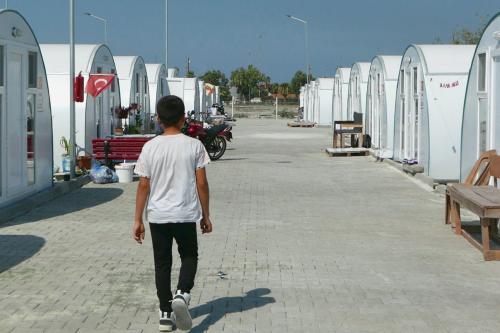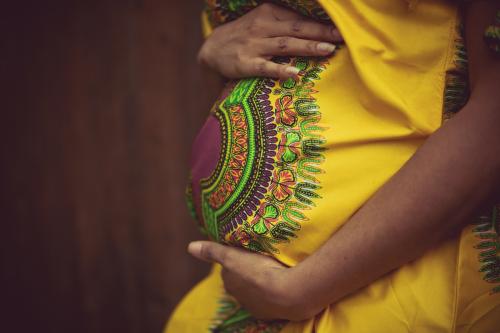International aid institutions tend to view “relief” and “development” as separate, sequential endeavors. But this dichotomy is artificial. There are historical reasons why the international community has separated relief and development into discrete categories in its response to conflict and post-conflict situations as well as why this separation lingers today. But the implications for conflict-ridden societies when relief and development are separated into sequential activities are considerable. A more comprehensive approach to aiding societies engaged in and emerging from conflict is the concept of “maintenance of capital” of those societies. This goes beyond the immediate goal of saving lives. It means preserving and building the human, social and physical capital of the societies concerned so as to promote transitions out of conflict and make them more successful. It could become the underlying principle driving strategies of international aid. But it will require partnerships between relief and development institutions early on in conflict situations. It will mean designing international aid to prepare populations for peace and promoting the social and economic reknitting of societies — a precondition for sustainable peace.

Turkey
Can Syrian refugees help improve Türkiye-US relations? Giving UNDP’s Türkiye Compact a chance

